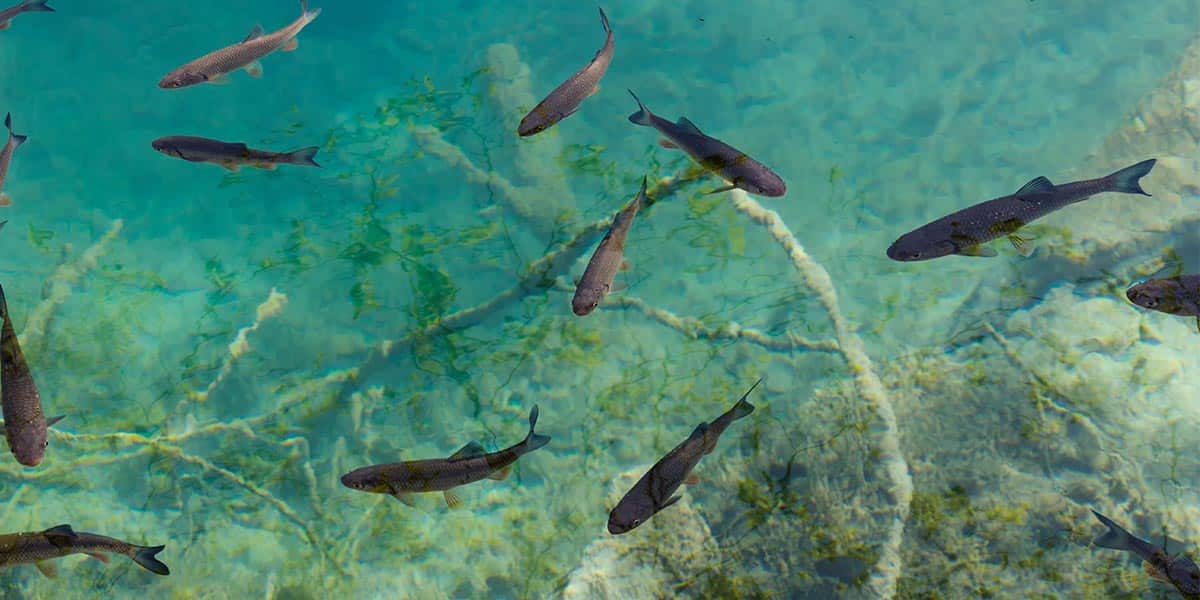In short
- Aquatic plants fulfill various ecological roles. They are a natural part of every lake;
- Aquatic vegetation helps keep specific water quality parameters in check;
- When treating a lake, it’s crucial to choose a solution that is safe for aquatic life.
The role of aquatic plants
Aquatic plants are a food source for animals and other aquatic creatures; they provide habitat for aquatic organisms and cover for smaller fish. Aquatic plants help keep the sediment at the bottom of a lake, improving water clarity.
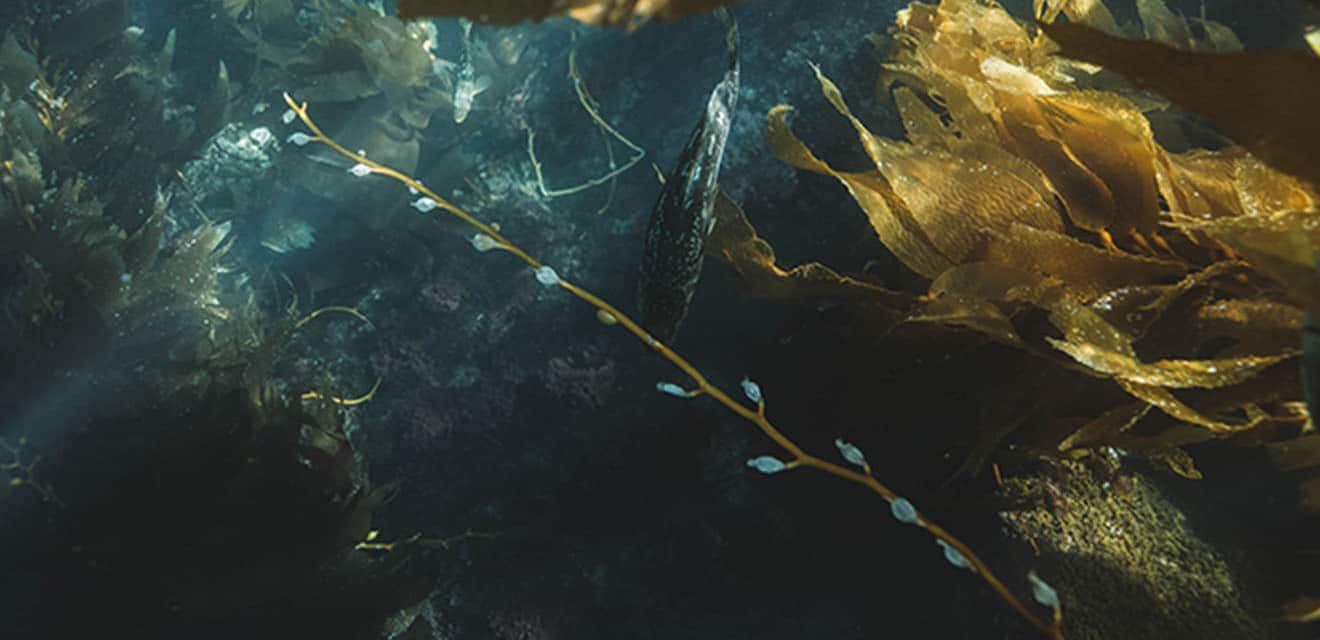
Most important, aquatic vegetation influences the oxygen levels within a water body and absorbs pollutants from contaminated water.
When aquatic plants grow, they produce oxygen, which is critical for a healthy lake ecosystem.
Bacteria found in water also rely on oxygen. They’re essential for the reduction of organic matter in a lake. If plants stop growing, there’s less dissolved oxygen, bacteria degrade, and organics can’t break down.
Algae and a healthy ecosystem
Algae are photoautotrophic cells that contain chlorophyll and have simple reproductive structures. They are similar to aquatic plants but lack roots, stems, leaves, and vascular tissue. Like aquatic plants, algae conduct photosynthesis for energy. To prosper, they both need sunlight and nutrients (phosphorus and nitrogen).
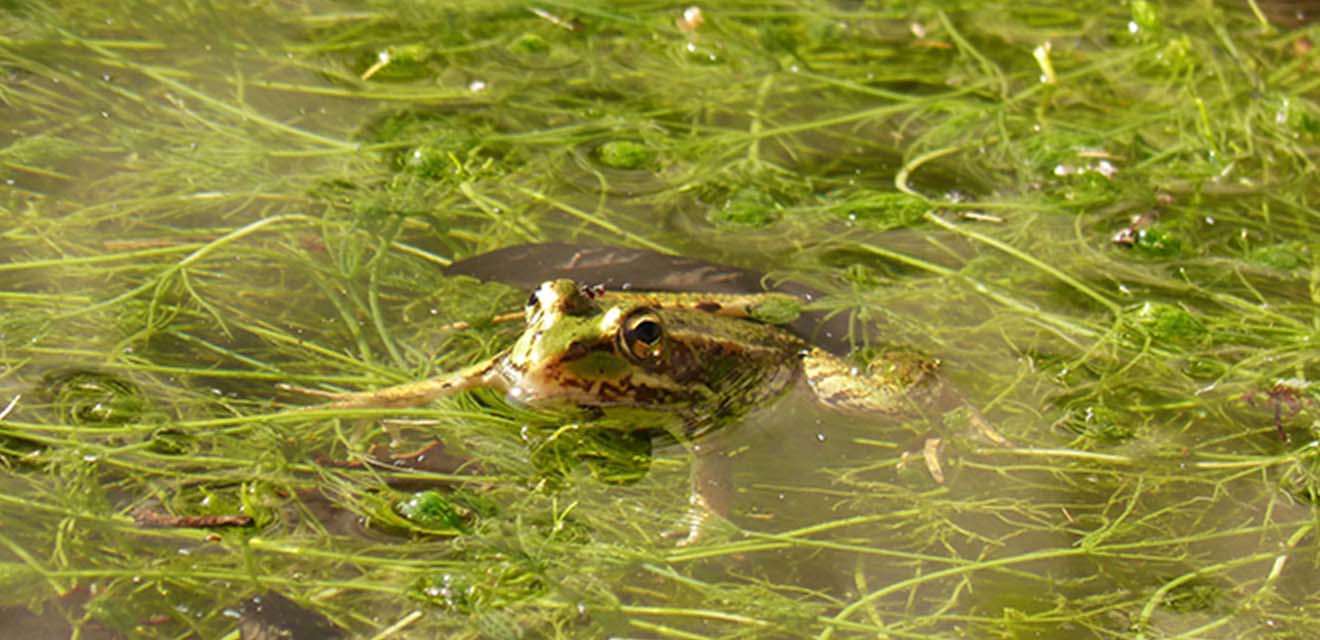
In all water bodies, basic algae levels are essential for the water’s ecological balance.
The term “algae” refers to a variety of organisms that generate oxygen through photosynthesis. About 70-80% of the oxygen we breathe comes from algae. Besides oxygen production, they provide food for fish and other aquatic animals.
However, almost everywhere water is stored, algae-related problems likely occur. When water is stagnant and nutrient-rich, harmful blooms are inevitable.
There are over 30,000 species of algae. Yet, we only learn of them when they become a nuisance and impact water quality, recreation, aesthetics, or when they cause unpleasant taste and smells. The most common species encountered in lakes and ponds are filamentous, planktonic, and macrophytic algae.
Nutrient pollution in water bodies encourages the overgrowth of aquatic plants and promotes harmful algal blooms (HABs). The more nutrient-rich the water, the more severe the blooms.
These blooms hinder plant growth, as they provide shadow in the water. Less light for plants means less dissolved oxygen within the body of water. HABs also disturb the pH and other water quality parameters.
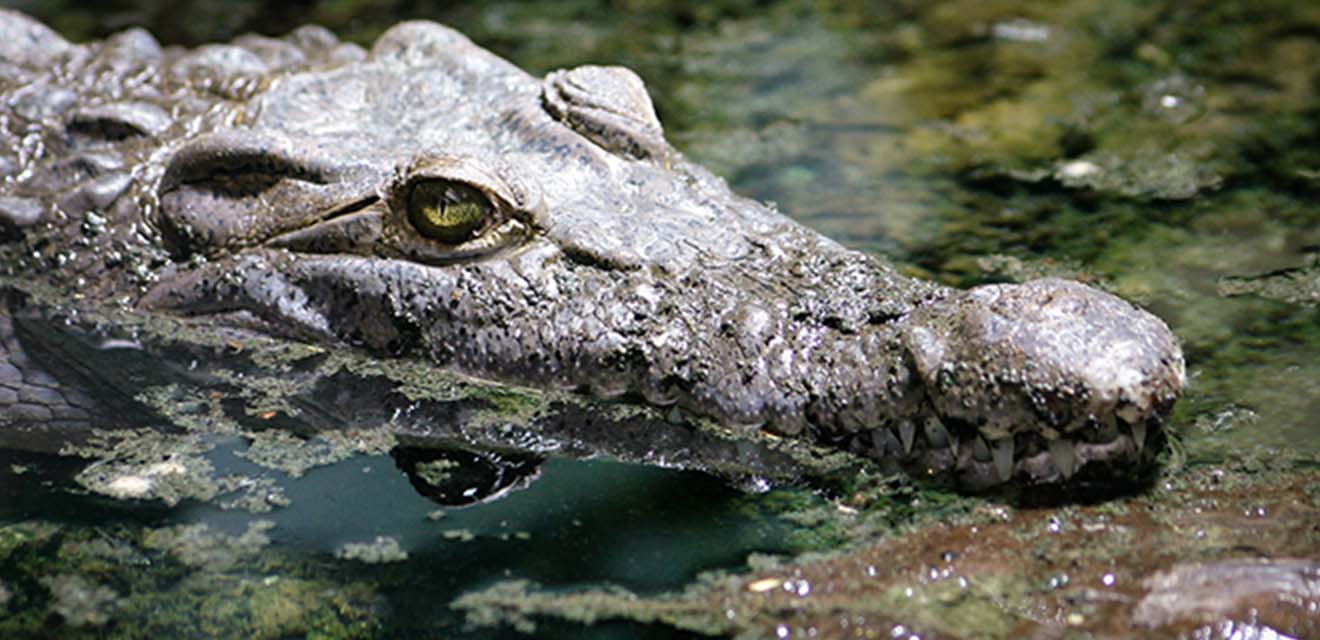
Solutions
There are solutions to keep algae counts to optimum levels. Most commonly used are algaecides, which offer fast results. Yet, they don’t work in the long-term, as more chemicals are needed to keep pace with the excessive vegetation and algae growth. Besides, algaecides target excessive algae but kill plants, fish, and other organisms vital for the lake’s ecosystem. They degrade the water quality due to low levels of dissolved oxygen. The lowest water layer (hypolimnion) in a stratified lake can become anoxic (lacking oxygen). As a result, microbial aerobic digestion of nutrients in the deeper water layers is compromised.
Herbicides and algaecides are a short-term, unsustainable solution to a long-standing problem. The optimal solution against unwanted blooms is the enforcement of better policy control for nutrient load. However, this depends on regulatory measures, which normally take years before enforcement is properly in place and even longer for visible improvements.
Sustainable water management
Still, there are sustainable approaches on the market. One such solution is ultrasonic treatment. Ultrasound waves block the algae’s access to sunlight and nutrients. Without sunlight to support the photosynthesis process, they fall to the bottom of the lake, where they die naturally without releasing harmful toxins. No other aquatic plants or organisms are harmed in any part of this process.
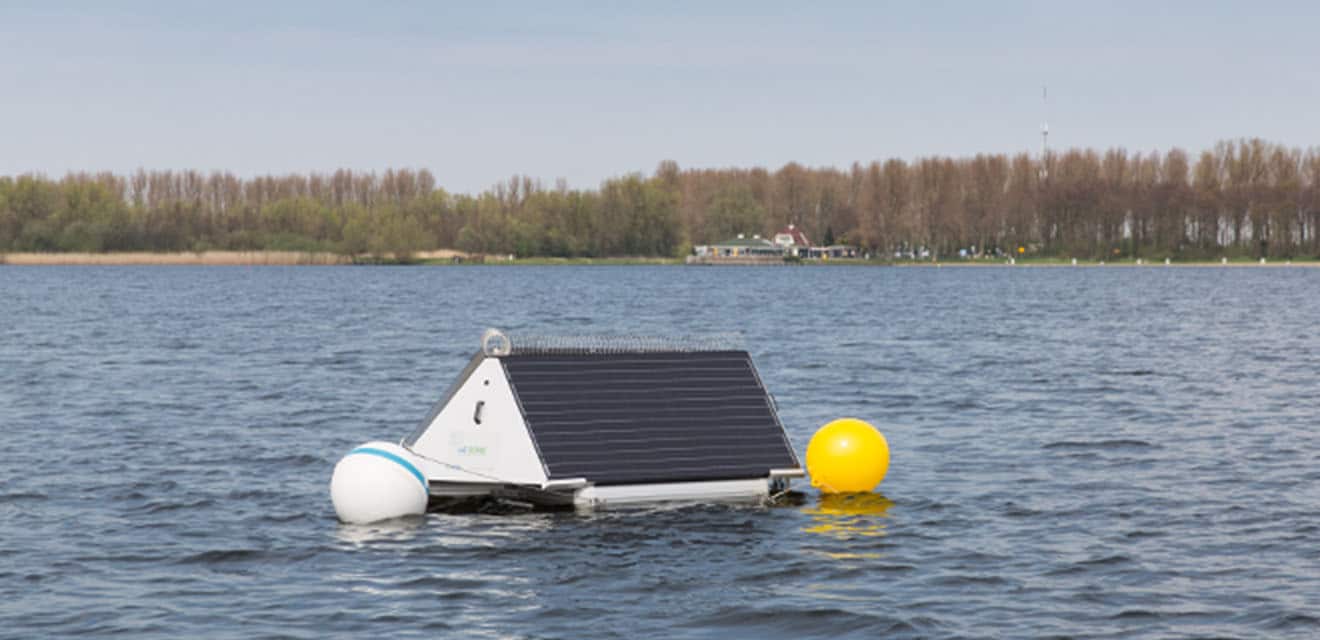
Within a water body, physico-chemical parameters, water flow, and microorganisms can differ. Algae species can vary, or even change, during the season. For ultrasonic treatment to be effective, it’s important to use specific ultrasonic programs based on the current algae species and water characteristics. That’s why our MPC-Buoys have Chameleon Technology integrated.
Ecosystem restoration
Algae growth reduces water clarity, inhibiting plant growth and lowering dissolved oxygen levels. Fish die and aerobic bacteria are reduced. As there is less competition for algae, nutrient levels increase, leading to decreased water quality and the proliferation of HABs.
Ultrasound can recover damaged water ecosystems; it reduces algae counts by 90%, leaving enough algae for a healthy water ecosystem. This results in increased water clarity and plant growth, leading to increased dissolved oxygen, aerobic bacteria, and fish.
